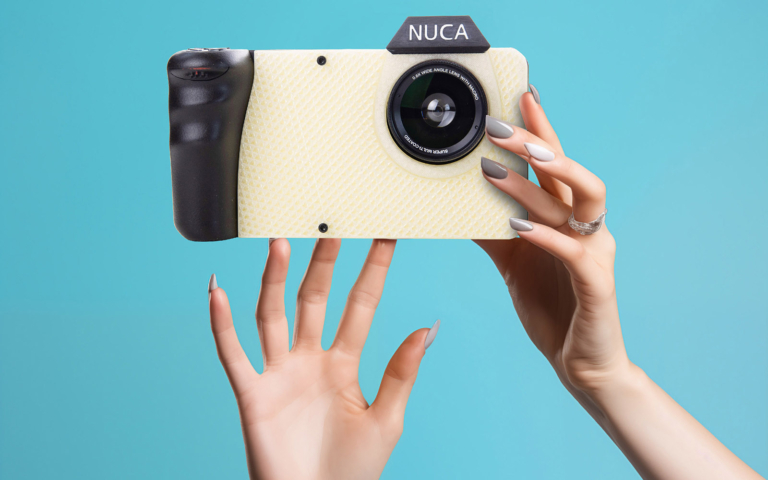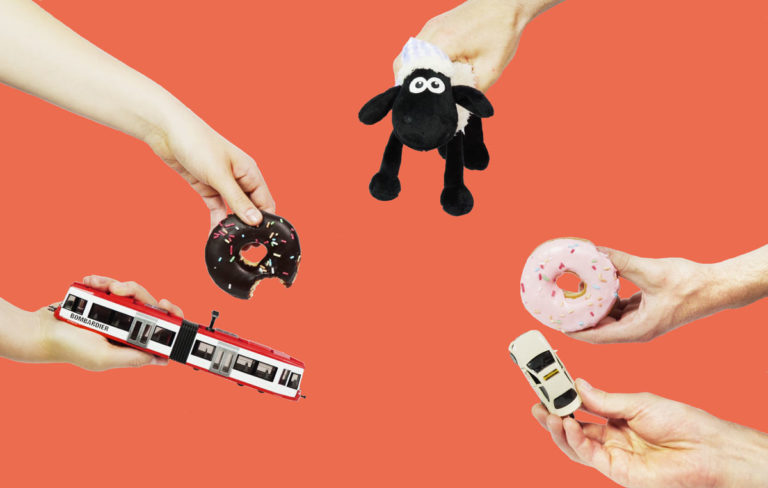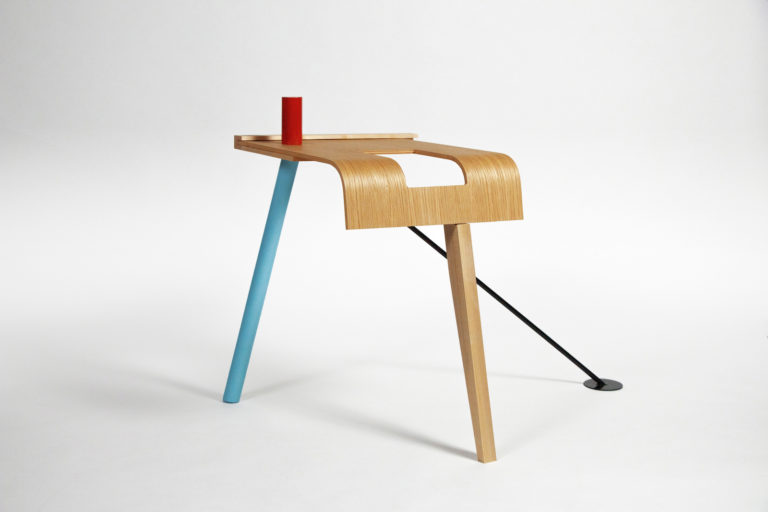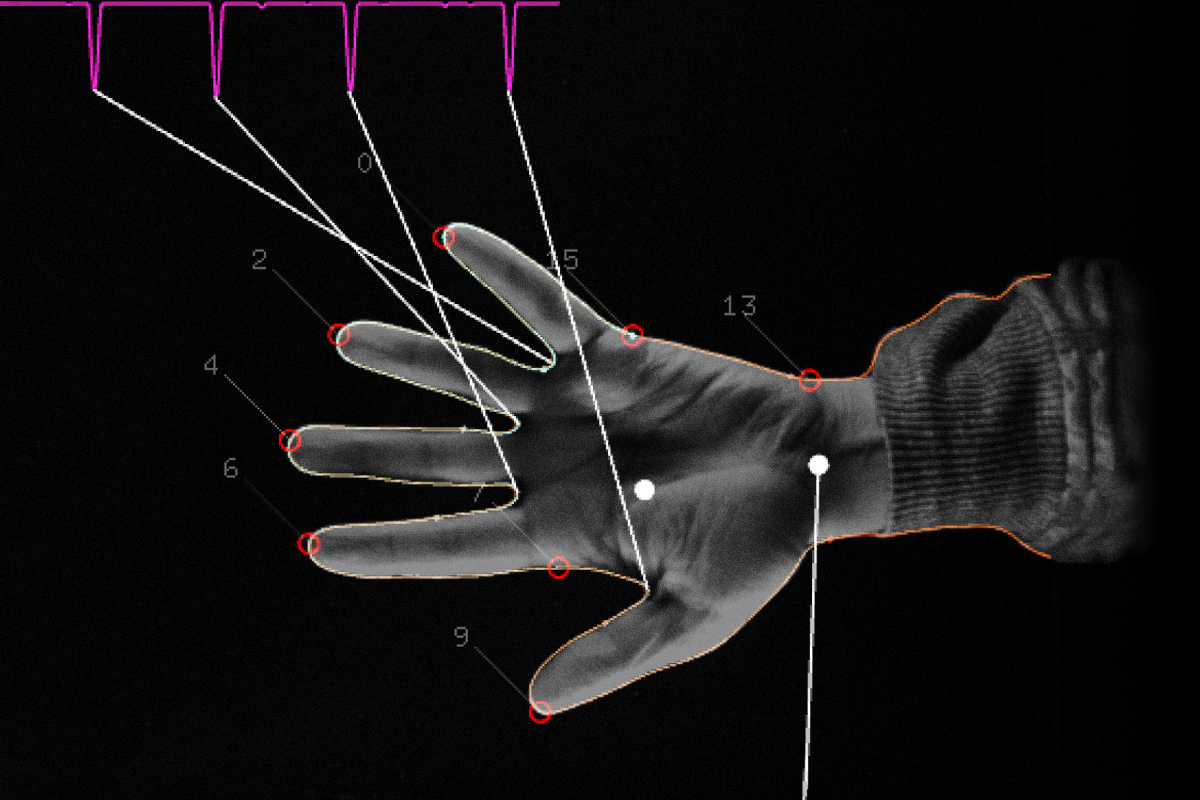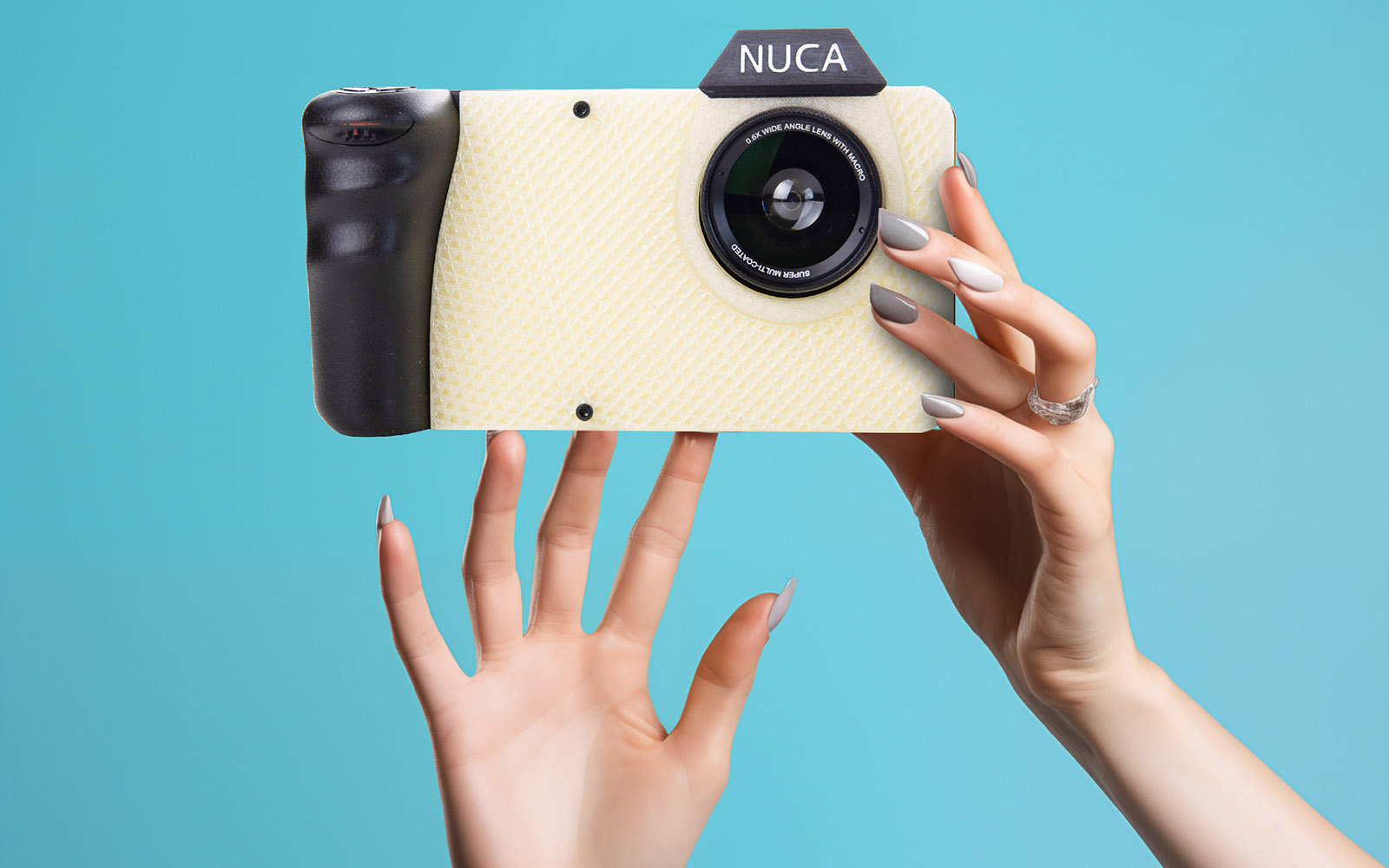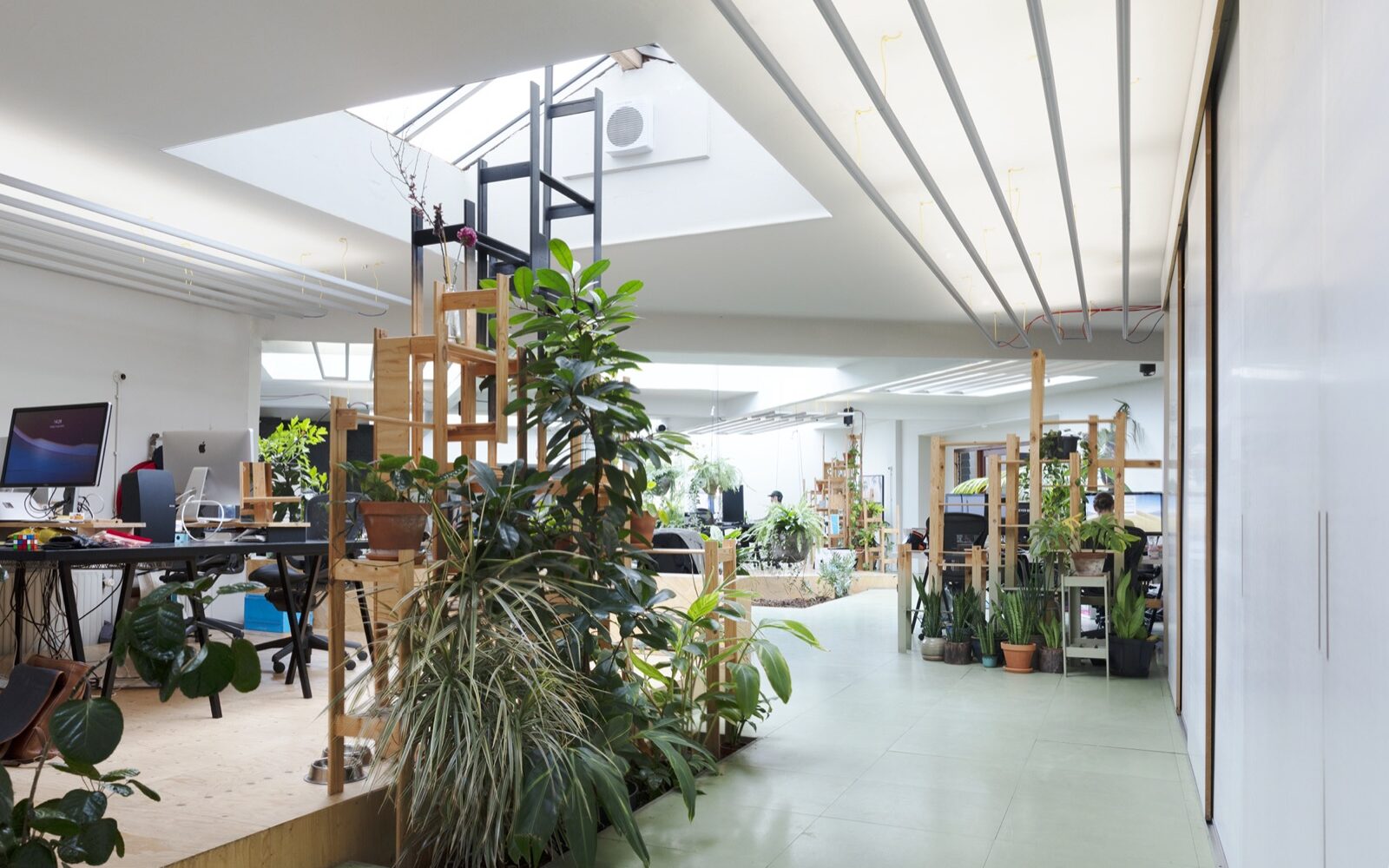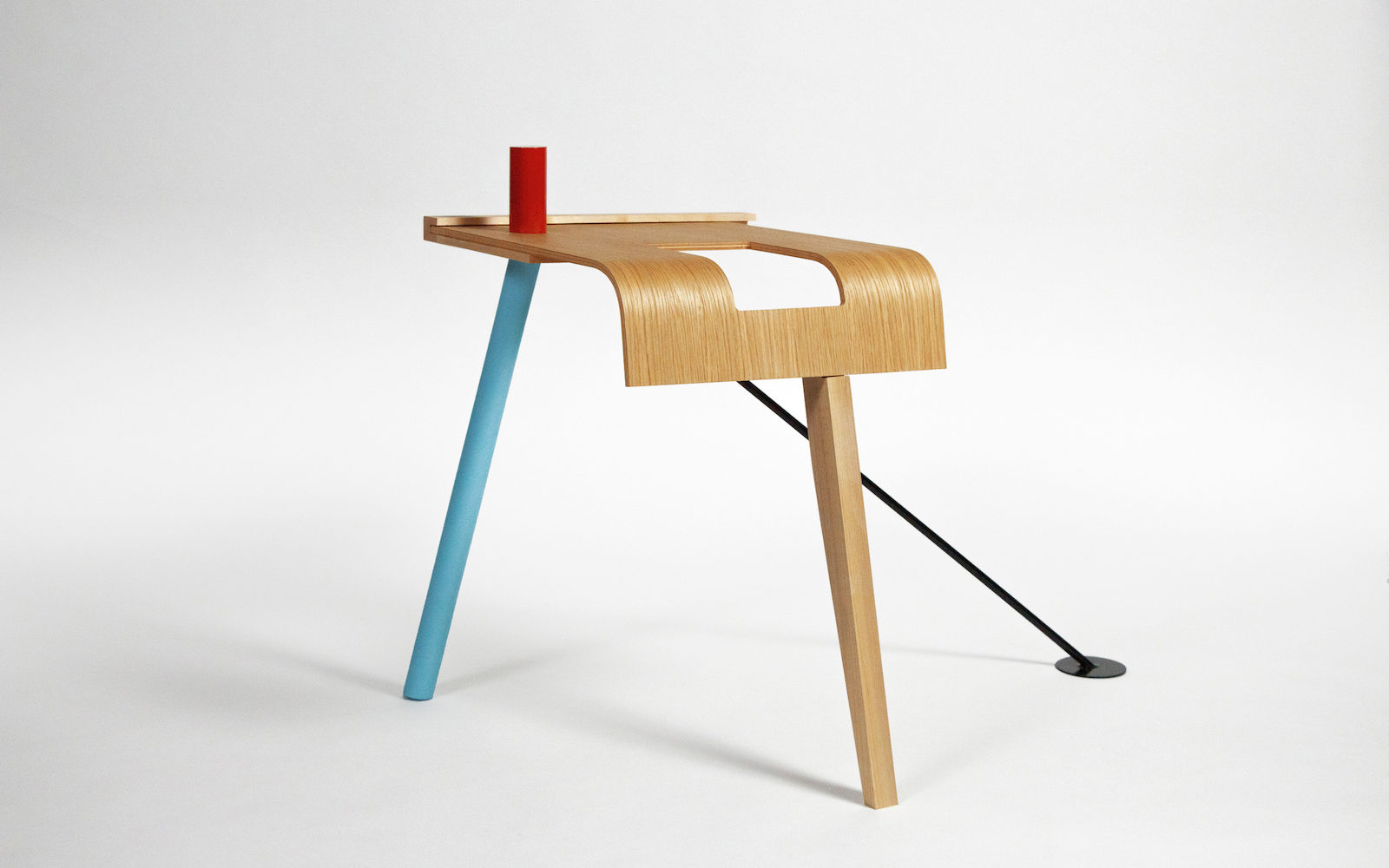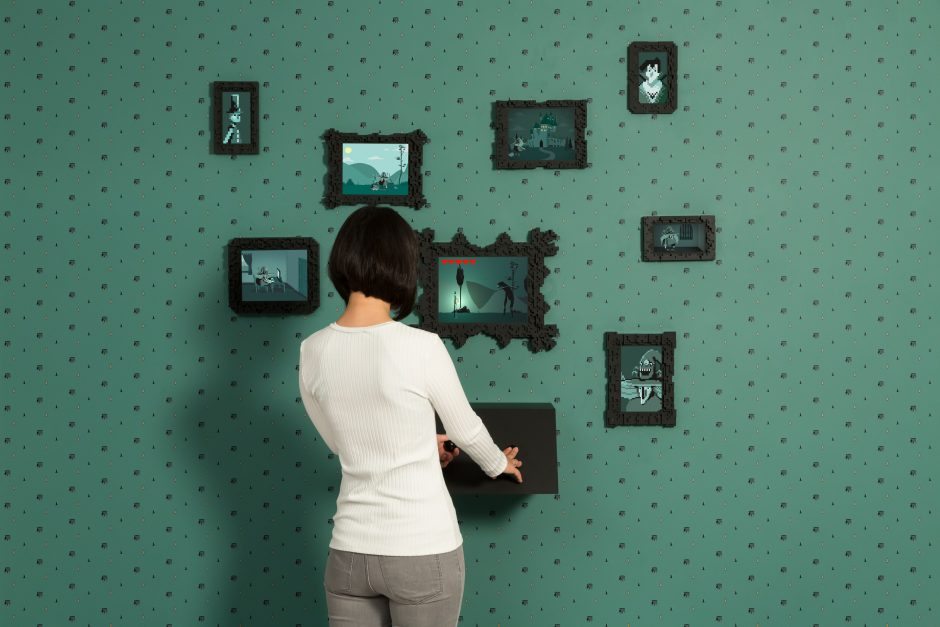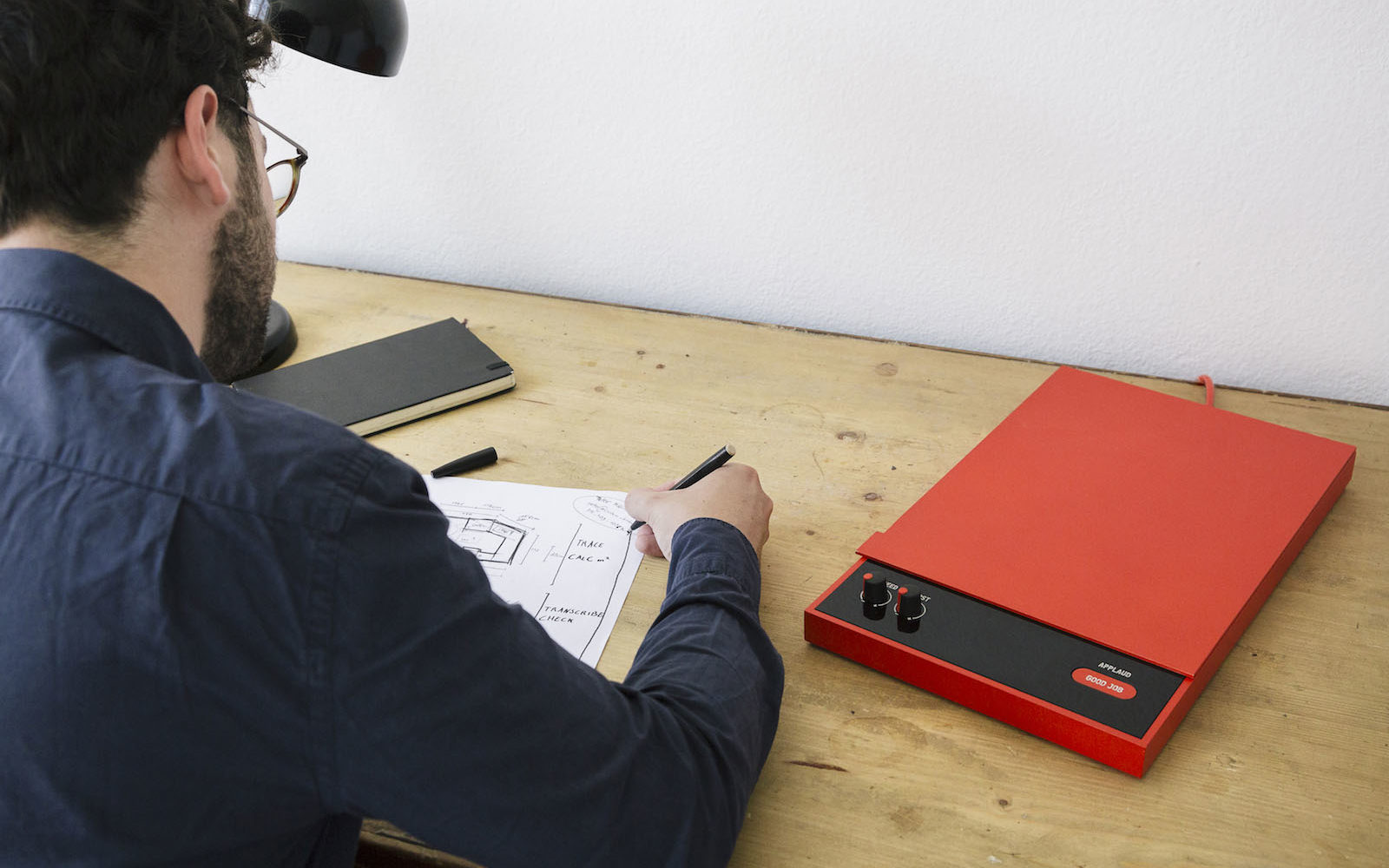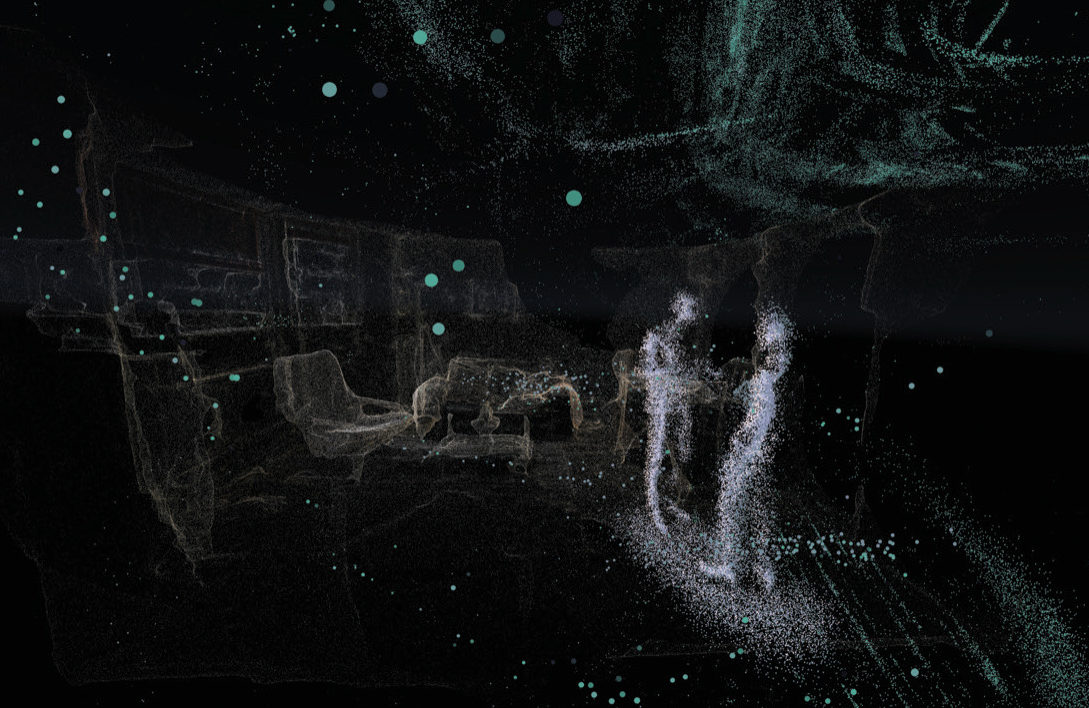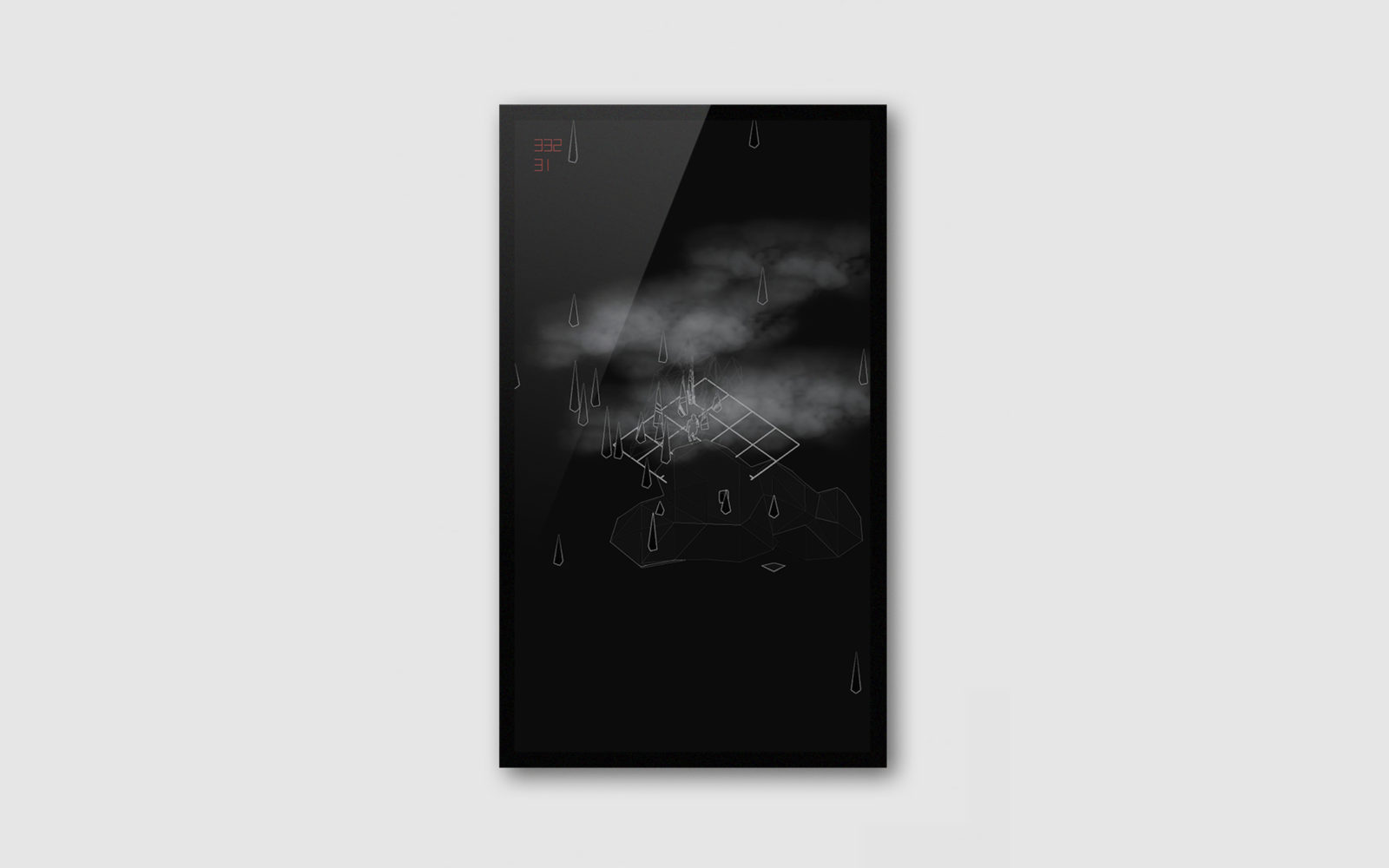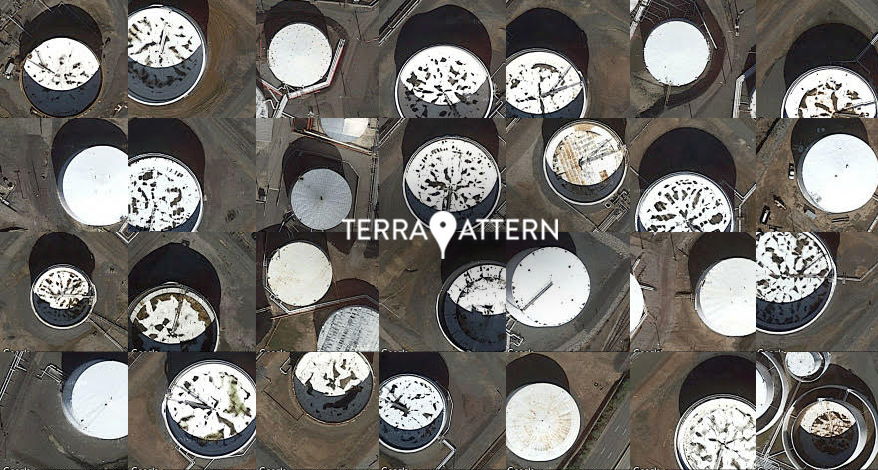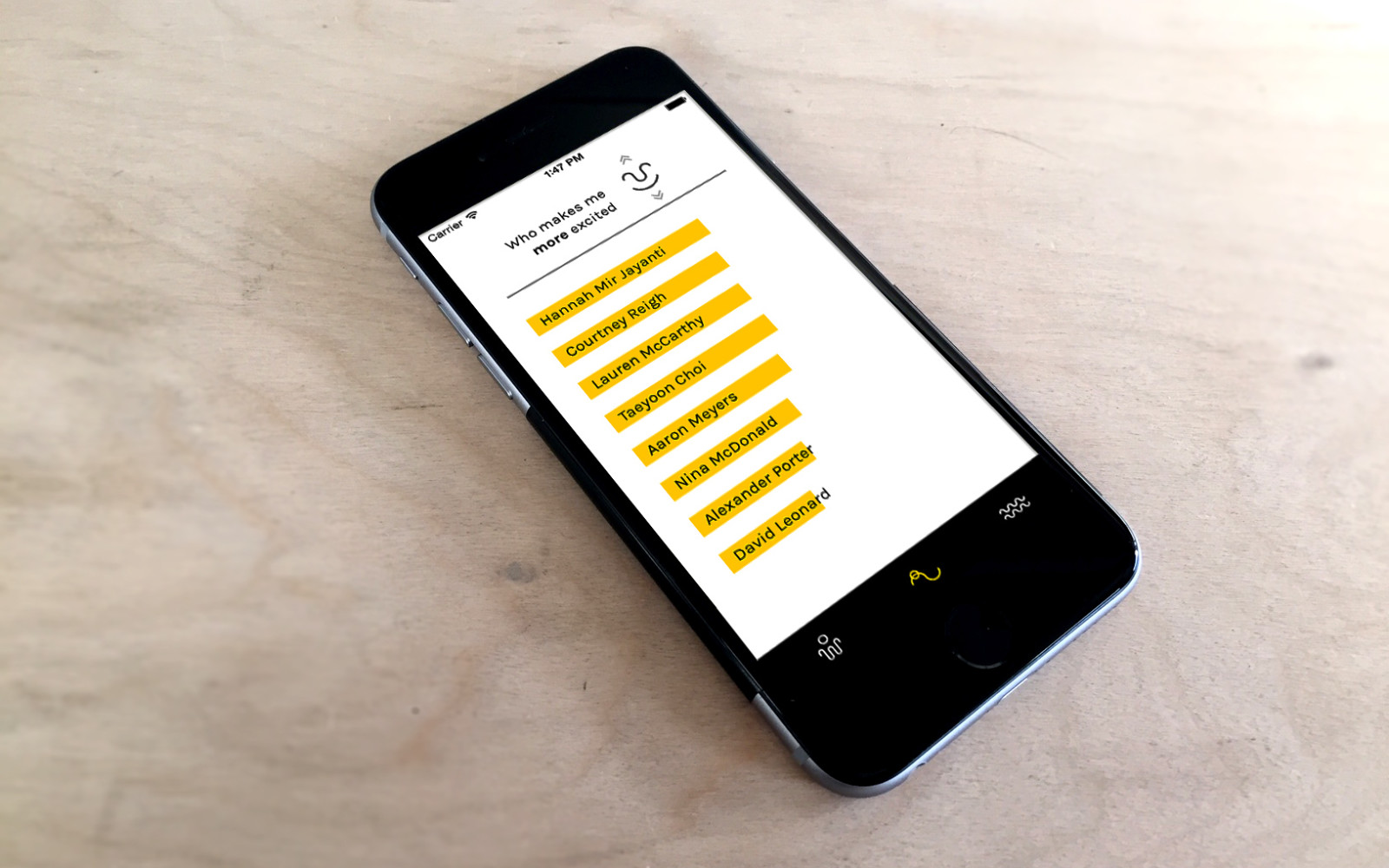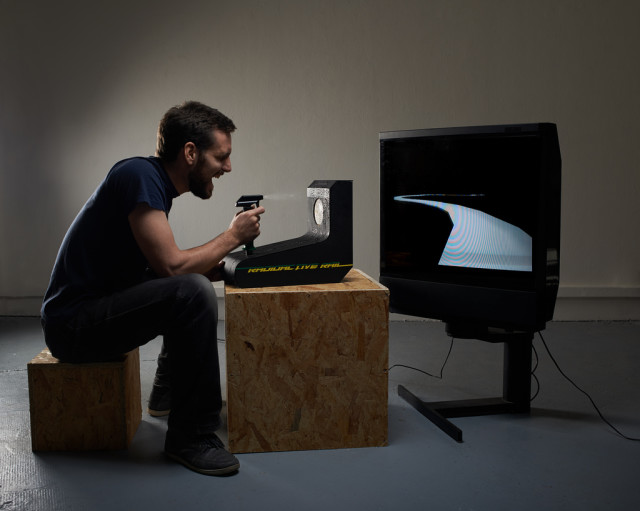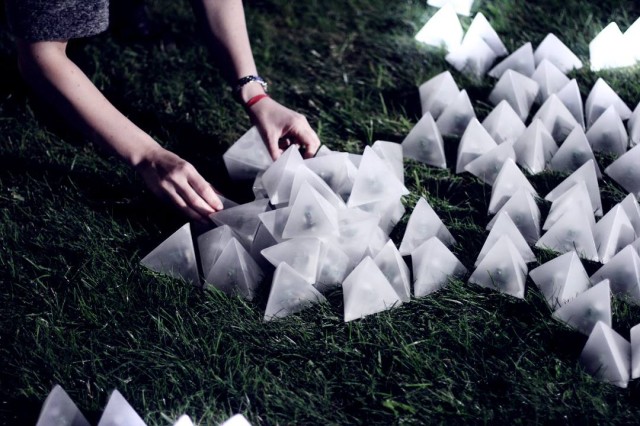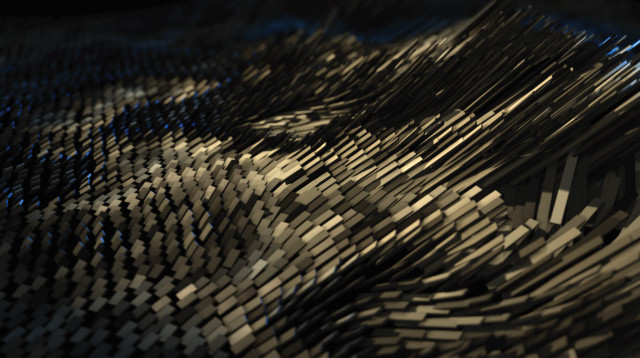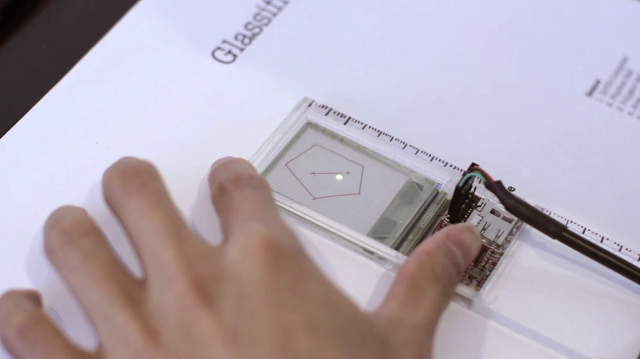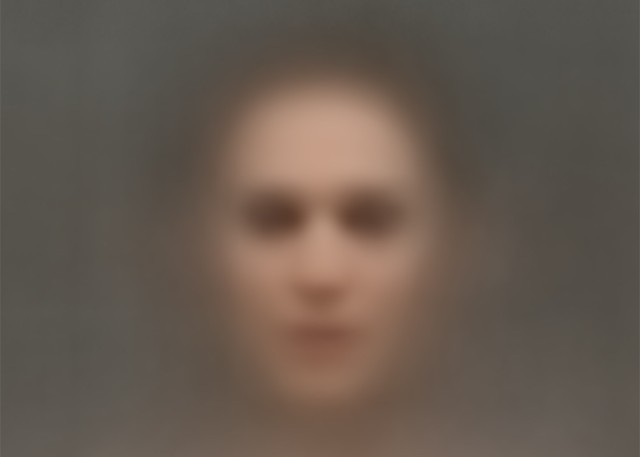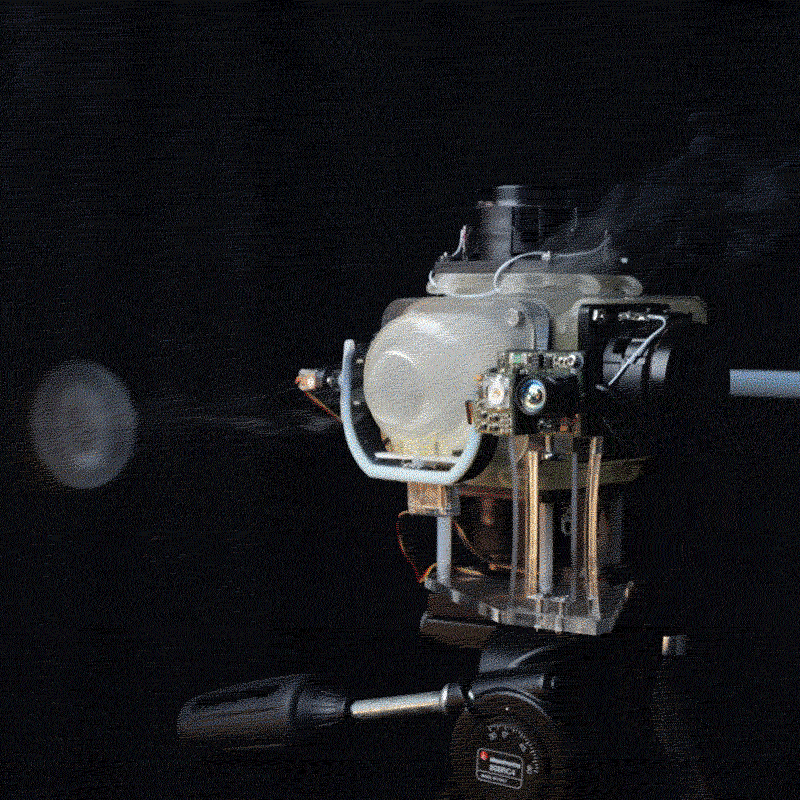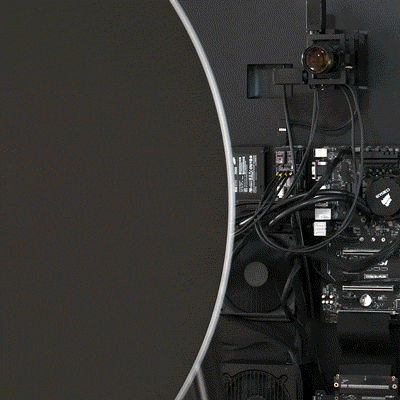/?s=Face detection
Displaying search results
40 Results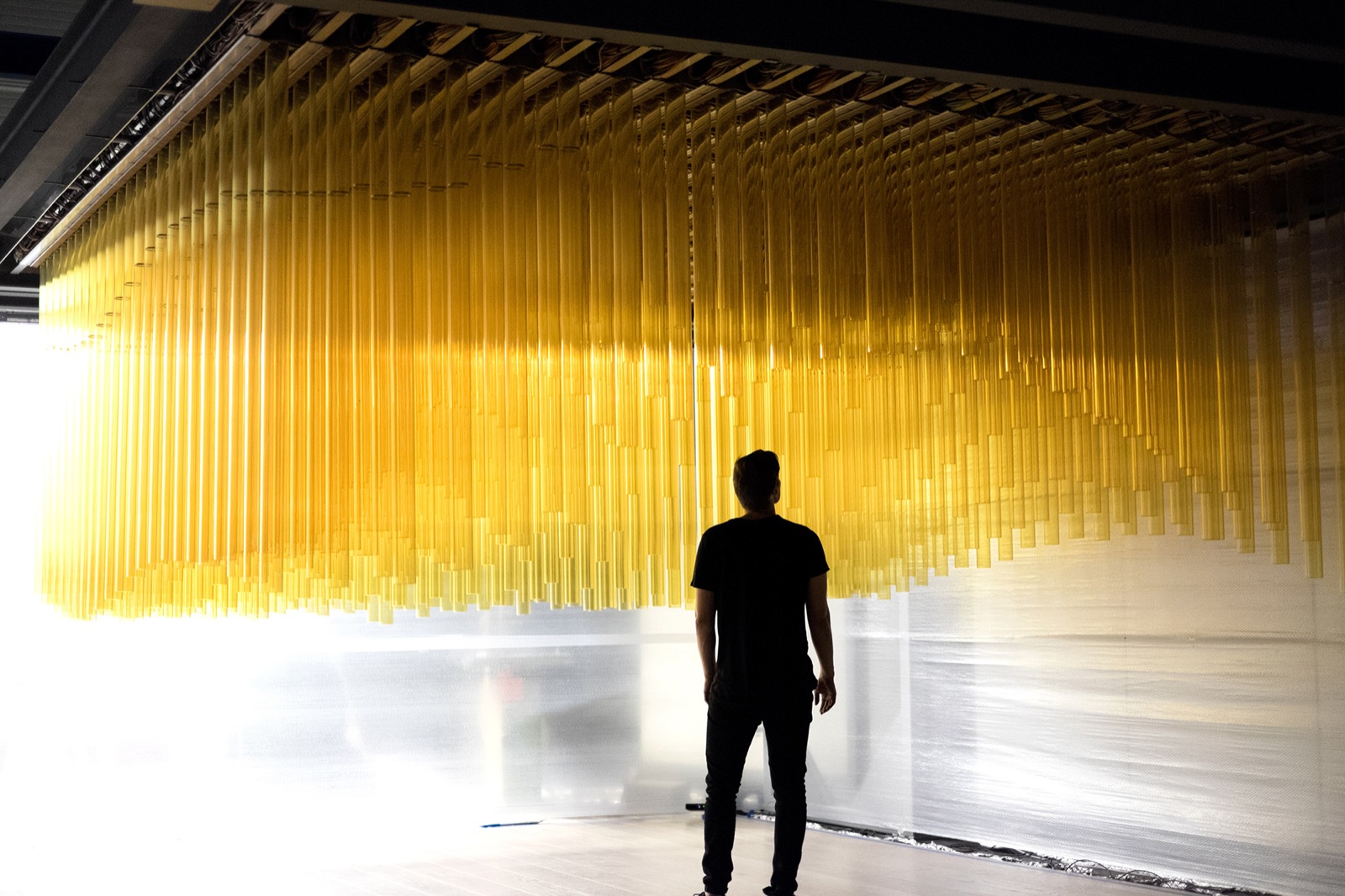
An abstract representation of this landscape is created from a matrix of 529 acrylic pipes piercing the ceiling between the first and the second floor, creating organic rock-like formations on the first floor reflected as an ocean surface on the second.

When Julian Oliver, Arturo Castro and James George finally get to work on Google’s most wanted/feared device. We are watching you and hope you will come soon with a project that will set the tone and give relevant food for the critical engineers we all should be.
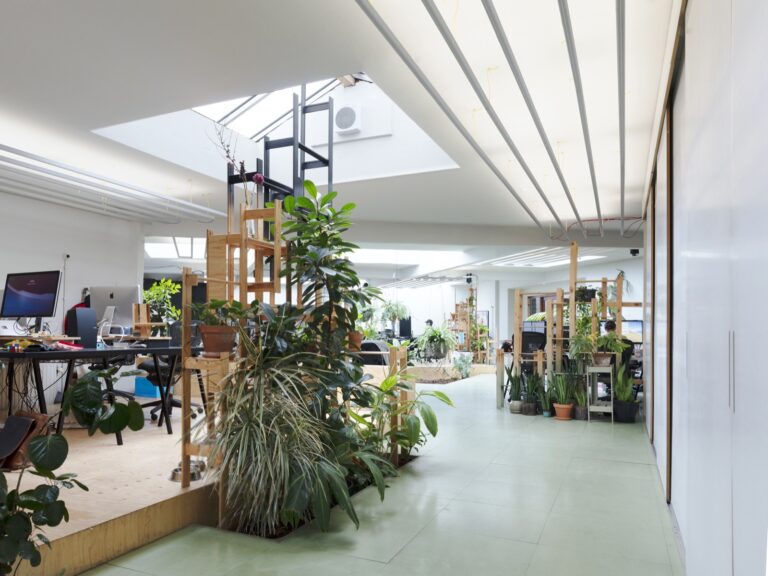
Created by Random Studio in collaboration with Arnout Meijer and RWA Electronics, the project is comprised of a lighting system in Random’s studio that emulates the movement of the sun and the ever-evolving states of natural light.
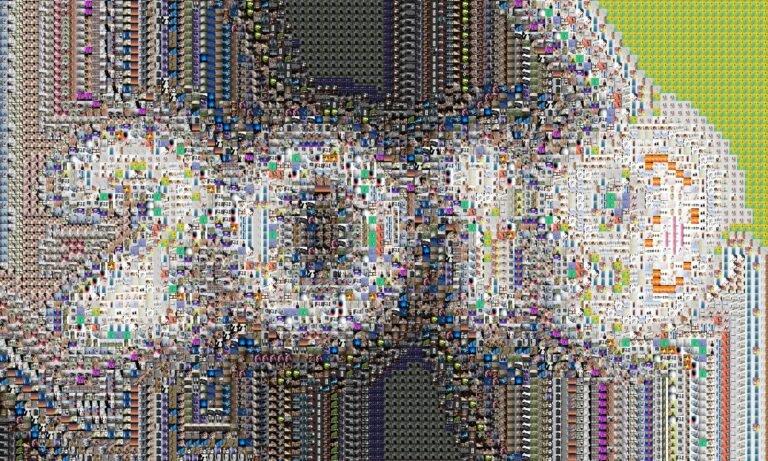
As per tradition each year, December is when we look back at the amazing work published on CAN. From ingenious machines and installations to mesmerising experiences that leverage new mediums for artistic inquiry – we added scores of projects to CAN’s archive in 2019. Here are some highlights.
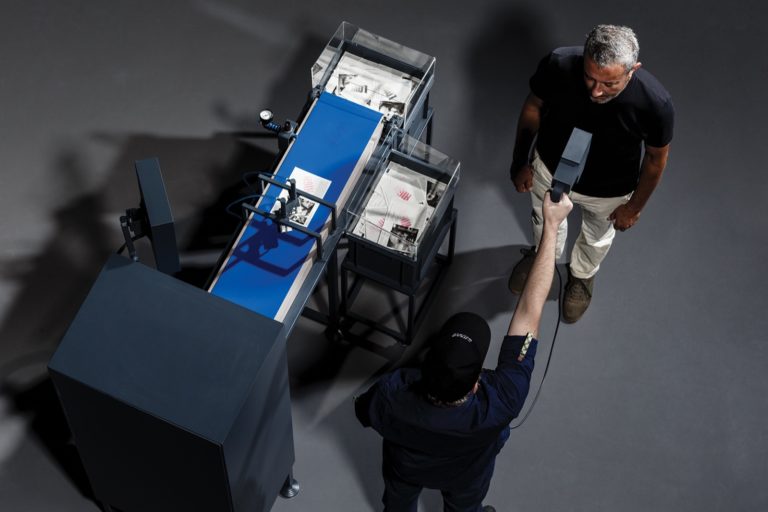
Created by Marta Revuelta, AI Facial Profiling, Levels of Paranoia is a project exploring the potential and implication of AI technologies by proposing a machine that recognises the ability of an individual to handle firearms and predicts their potential to cause harm from a biometric analysis of their face.
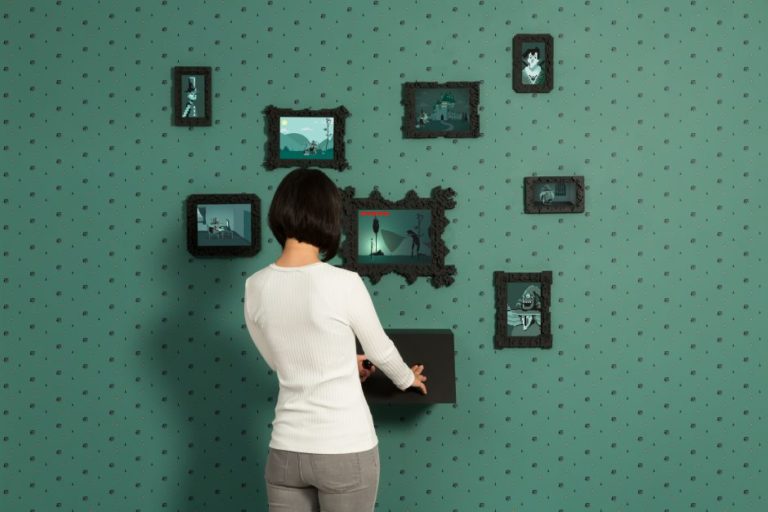
Created by the students of Media Design Master at HEAD Genève, BloodBank and DarkLight are two games that explore the notion of physically distributed ambient storytelling and coerce users into playful and shared forms of interaction.
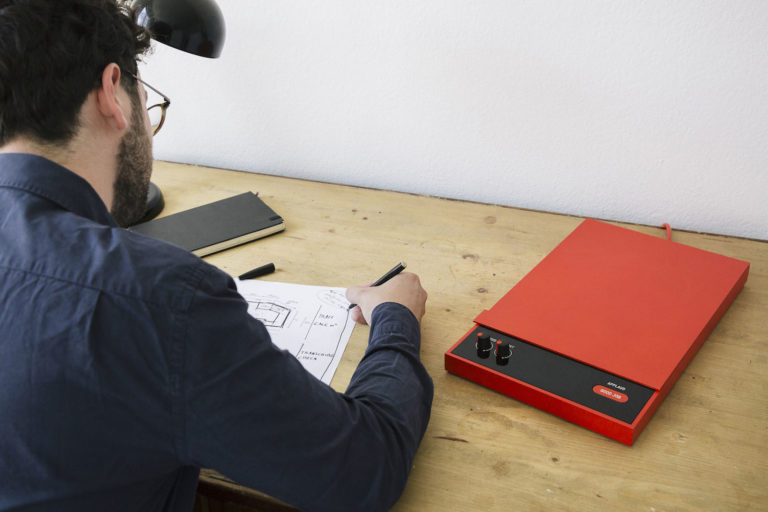
Created by Stephan Bogner and Philipp Schmitt, Human Element Inc. investigates how crowdwork, such as Amazon MechanicalTurk, might be woven into everyday life in the future— and explores the topic through three speculative crowdwork services.
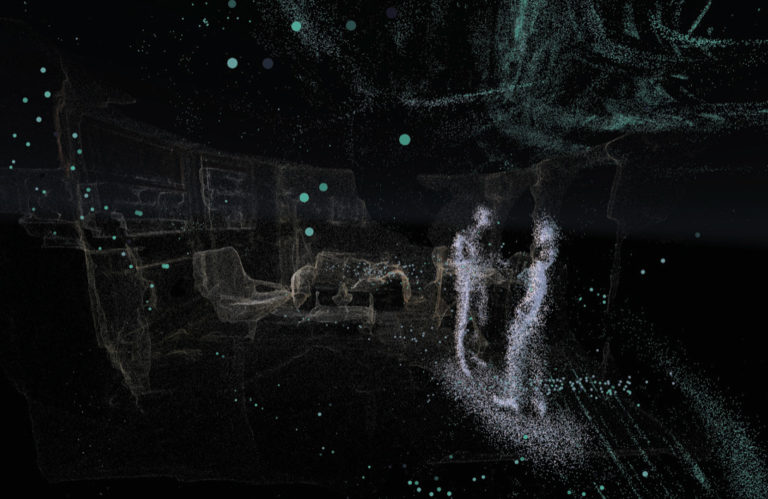
Created at the Bartlett School of Architecture / Interactive Architecture, Palimpsest uses 3D scanning and virtual reality to record urban spaces and the communities that live in them. The project aims to question/test the implication if the past, present, and future city could exist in the same place, layering personal stories and local histories of the city at a 1:1 scale.
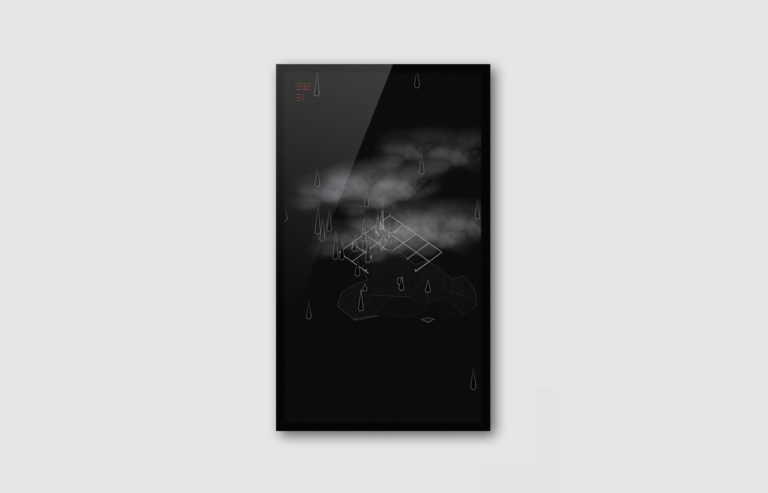
Created by N O R M A L S and published on FRAMED platform, L I T T L E B R O W S E R is an experimental web browser and game engine hybrid created using Processing. Fed with a single ‘home’ url, an autonomous crawler navigates web pages of which main elements have been translated into game objects—links become gates, divs are clouds, images turns to trees, etc.
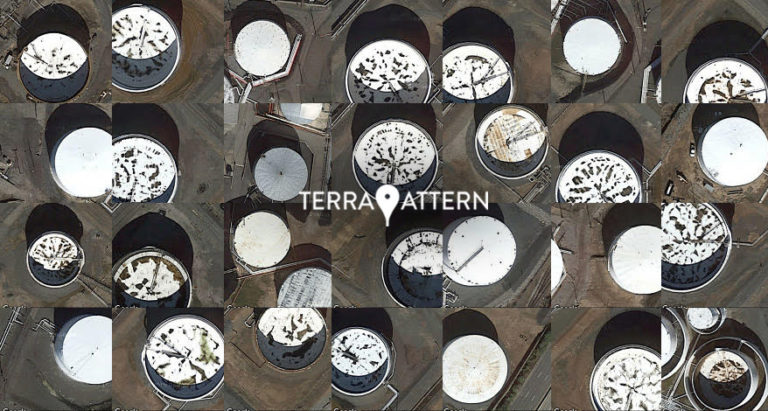
Created by a Golan Levin, David Newbury, and Kyle McDonald, with the assistance of Golan’s students at CMU, Terrapattern is a visual search tool for satellite imagery that provides journalists, citizen scientists, and other researchers with the ability to quickly scan large geographical regions for specific visual features.
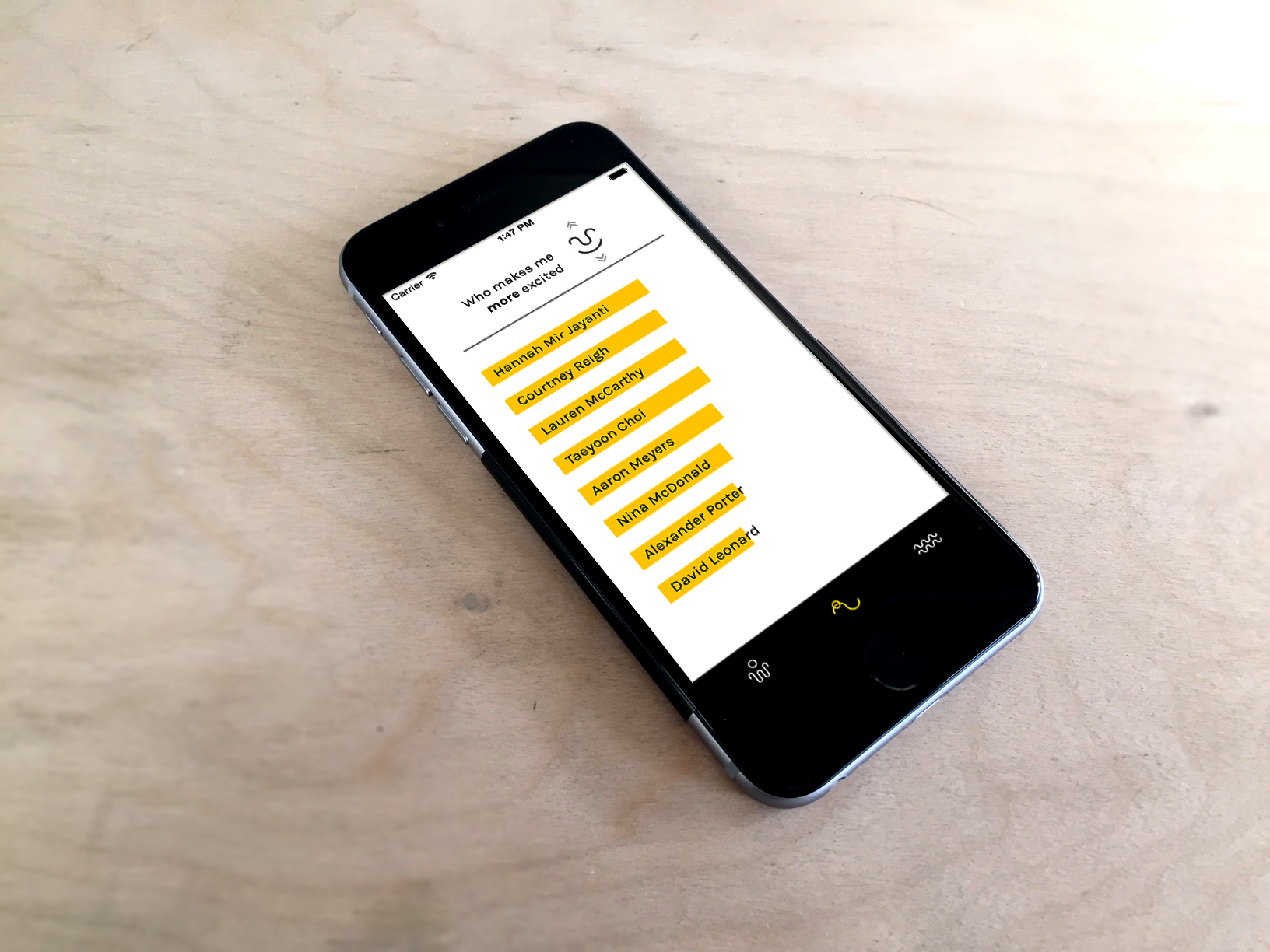
Created by Lauren McCarthy and Kyle McDonald, pplkpr is an app that tracks, analyzes, and auto-manages your relationships. Using a smartwatch, pplkpr monitors your physical and emotional response to the people around you, and optimizes your social life accordingly.
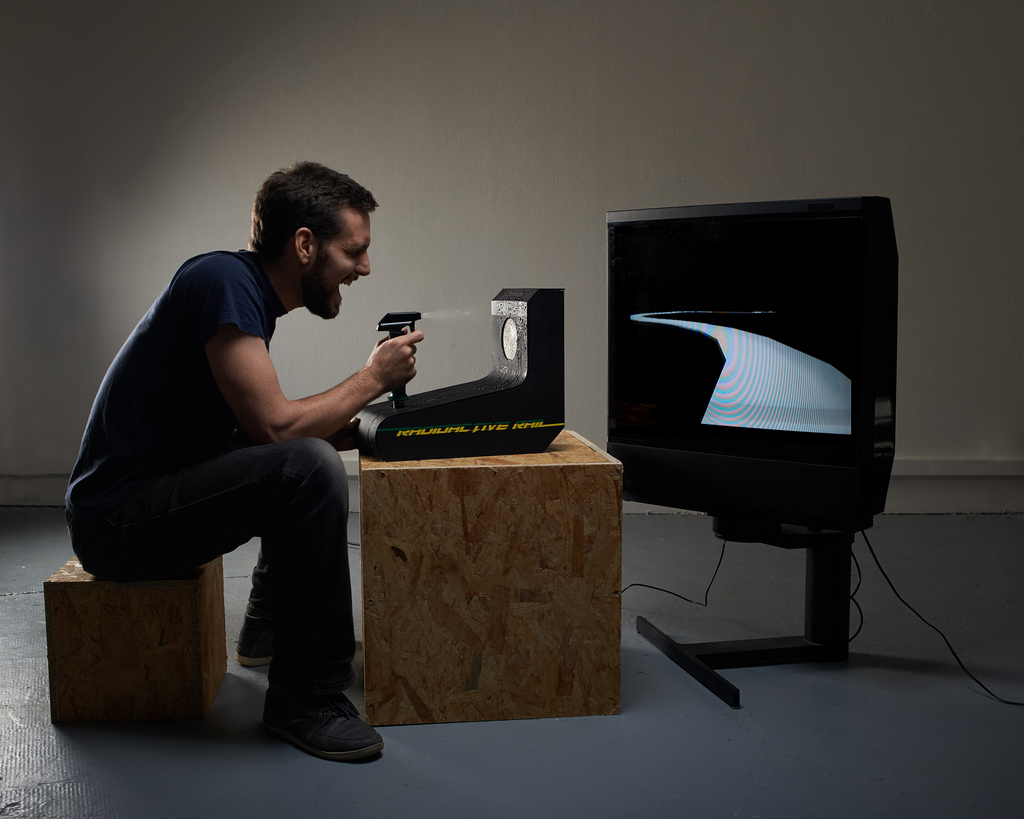
Over the past few months, in preparation for their Book of Eniarof crowdfunding campaign, tutors and students at HEAD have been exploring the use of playing cards as a method for designing and developing games, concepts, attractions, and playful art objects of various ilk…

Constellaction is an installation by panGenerator which included swarm like intelligent and light responsive tetrahedrons that evolved and branched thanks to the collaborative effort of the audience.

Developed as a collaboration between Quayola & Sinigaglia, Dedalo is a collection of custom developed vvvv engines (and a toolkit) to generate, exchange and map data between a series of graphics modules and a rendering engine used for live performance.
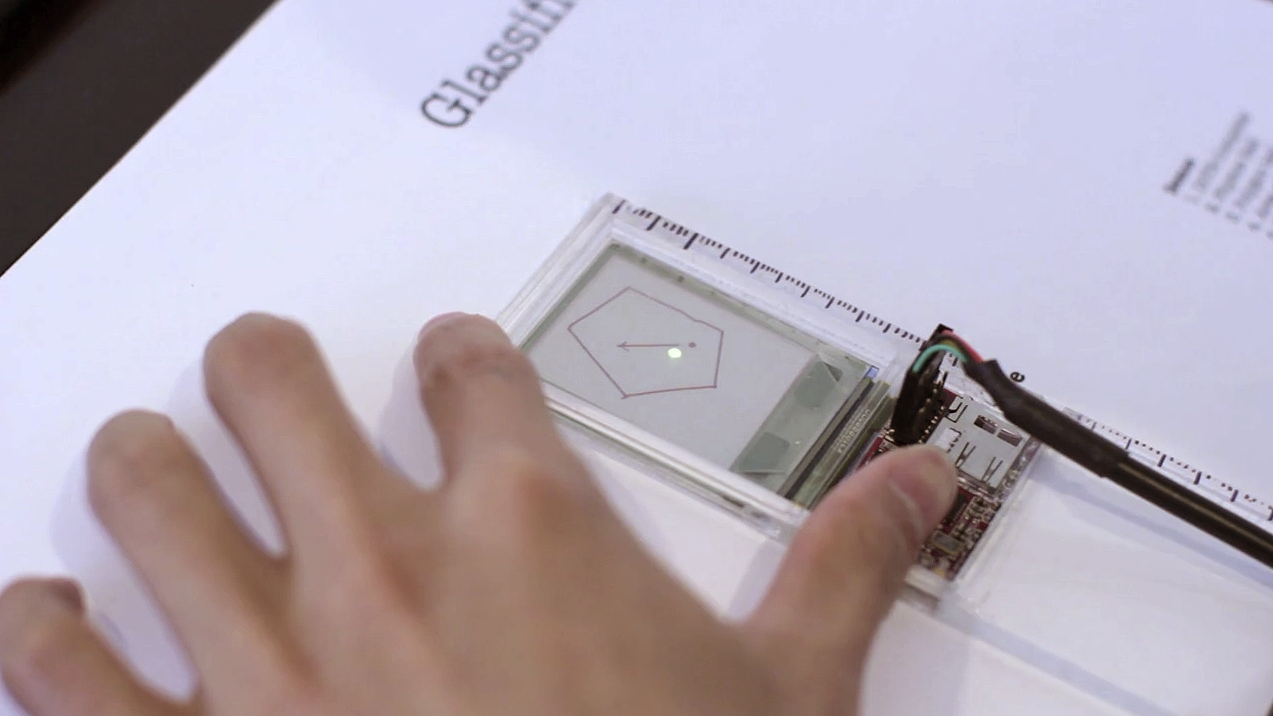
Glassified is a modified ruler with a transparent display to supplement physical strokes made on paper with virtual graphics. The goal of the device is to complement rather than replace a typical ruler and since the display is transparent, both the physical strokes and the virtual graphics are visible in the same plane.
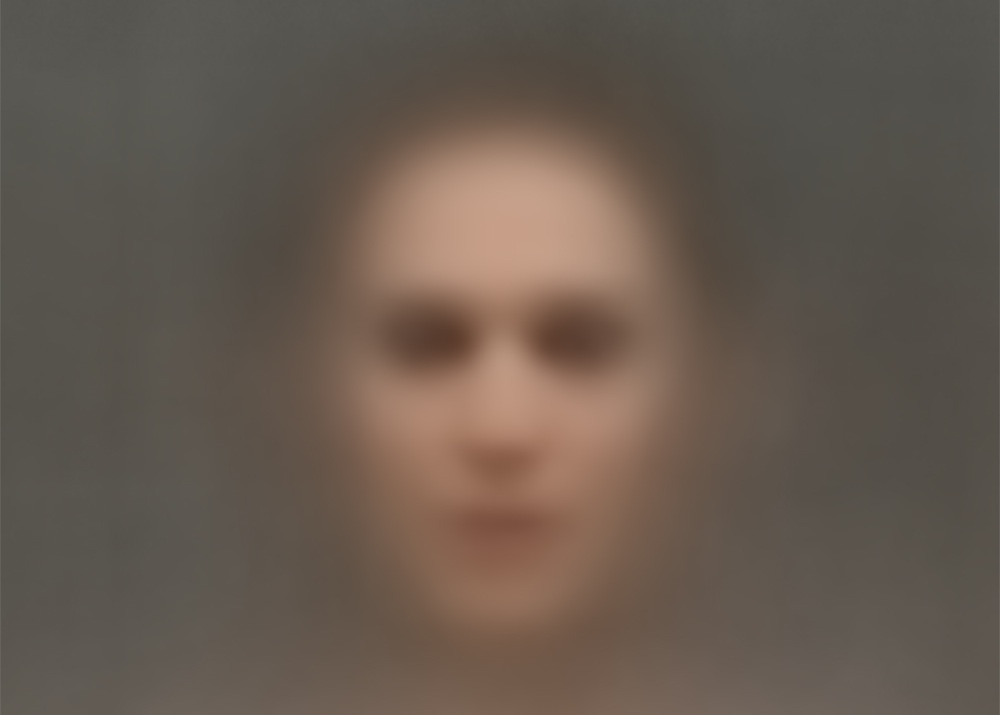
‘Portrait’ is a series of digital portraits representing an identity (or a face) of a movie. Custom software detects faces from every 24 frames of a movie, and creates an average face of all found faces.
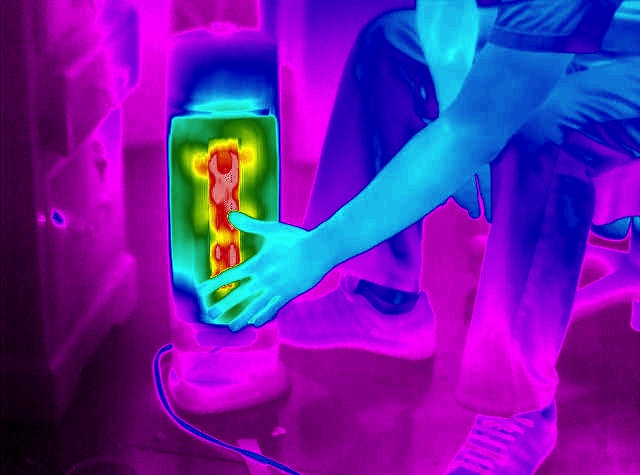
Choosing the right type of camera for your interactive installation is one of the most important technical choices you can make in your initial planning phases. Making the incorrect choice can really impact how well your installation reacts to its victims and it can also impact its ability to perform robustly in a large amount of environments.







